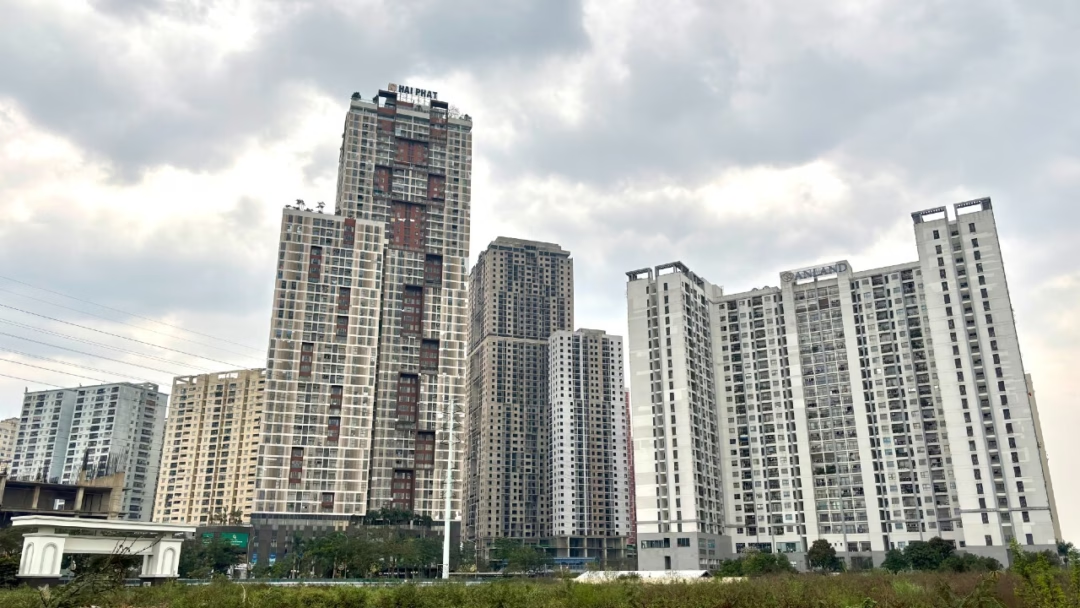Recently, a string of Vietnamese artists have been arrested for involvement with illicit substances, sending shockwaves through the public and raising questions about why celebrities seem to be particularly vulnerable to falling into this trap. Some within the industry have attempted to justify these actions by suggesting that artists require stimulation and emotional depth to fuel their creativity, leading them to experiment with substances to enhance their artistic expression.


However, experts in psychology and sociology are sounding the alarm, warning that this rationale is a perilous misnomer that can have devastating consequences. According to these specialists, the correlation between substance use and artistic creativity is tenuous at best, and the risks associated with such behavior far outweigh any perceived benefits. The lure of fleeting highs and the sensation of temporary escape can quickly spiral into addiction and a host of related problems, including deteriorating mental and physical health, damaged relationships, and even loss of career and reputation.


Furthermore, research has shown that substance abuse can actually stifle creativity and impede artistic progress. Rather than serving as a catalyst for innovation, reliance on substances can lead to a vicious cycle of dependency, where the artist becomes more focused on procuring the next fix than on honing their craft. This can result in a decline in the quality of their work, as well as a loss of inspiration and motivation.


In light of these findings, it is imperative that the artistic community and society at large take a stand against the normalization of substance use among celebrities. Instead of romanticizing or excusing these behaviors, we must encourage artists to seek out healthier outlets for their creative expression and emotional exploration. By promoting a culture that values wellness, self-care, and substance-free living, we can help prevent the devastating consequences of addiction and support our artists in achieving their full potential.










